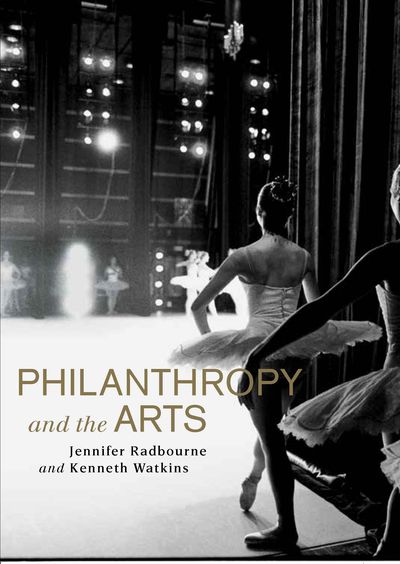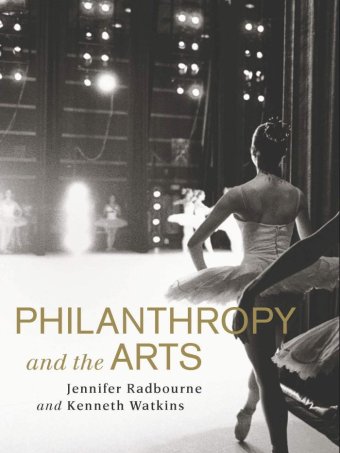I have just finished reading Philanthropy and the Arts by academic and arts specialist Jennifer Radbourne and Kenneth Watkins, Director of Philanthropy at the Australian Ballet. While there is a clear arts focus – a central premise of the book is that arts organisations cannot compete on the basis of need but that the arts can transform lives, build better communities and enrich and enlighten society – this 200-page exploration of a values-driven model of philanthropy is well researched and will appeal to fundraisers, particularly those involved in seeking major gifts.
The history of the Australian Ballet is interesting in itself. It was formed in 1962 with direct government support and followed the establishment of other national performing arts institutions as part of the government’s nation-building after World War II. Watkins describes how in 1993 philanthropy was a mere add-on but by 2013 the philanthropy department had raised $7.4m. The Australian Ballet is now an industry leader in both philanthropy and sponsorship for the performing arts.
The book describes the organisation’s model of engaging donors based on knowledge of their intrinsic values and takes them on a journey that ultimately leads to the transformation of the donor and the organisation. What emerges strongly is that philanthropy at the Australian Ballet is woven into every level of the business and its strategy reflects donor-driven values. Cultivation and building of relationships is a whole-of-organisation responsibility. In this respect the book could be a useful tool for educating boards, executive teams and CEOs in the cultivation and stewardship of major givers.
The book examines theories behind relationship fundraising and donor psychology and draws on research from Australian and overseas not-for-profit consultants such as Kay Sprinkel Grace. I particularly like a quote from a US professor and consultant John Bryson: “A mission outlines the organisational purpose while a vision goes on to describe how the organisation should look when it is working extremely well in relation to its environment and key stakeholders.”
Case studies throughout the book give real and practical insights into the donor cultivation process, creating a ‘moves management’ pipeline, building a capital campaign and storytelling, an essential part of any fundraising activity. While the book concentrates on individual giving, there is a discrete chapter on Trusts and Foundations. Although seeking a donation from a Trust or Foundation is likely to involve a more structured approach, I cheered at the recognition that the approach still involves cultivating a relationship and, here, I high-fived: “The cultivation and stewardship of existing relationships is ongoing, even when no immediate grant is expected.” That’s what we at Strategic Grants always advise our clients: keep the conversation going with regular updates, invitations, newsletters and other funder communication pieces.
Rightly there is acknowledgement of the increased competition for trust and foundation funds – which is why (and you’ll forgive us for banging the drum again…) it is so important to have a strategic and well-planned grant-seeking strategy.
The Australian Ballet has lodged 70 trust applications since 2011 and achieved a one in three success rate – a good and realistic benchmark for any organisation. The last case study in the book documents the organisation’s journey in soliciting an $8 million grant from the Ian Potter Foundation over four years in 2009. Founded in 1964 by Ian Potter, the Foundation has made over 700 grants and contributed over $40 million to the arts. Ian Potter and Dr H.C Coombs established the Australian Elizabethan Theatre Trust and subsequently The Australian Ballet and The Australian Opera. Watkins points out that the history of the Ian Potter Foundation parallels that of the Australian Ballet, and is a good example of giving based on relationship building and shared value. In short, that’s the basis of a good major giving strategy.
Philanthropy and the Arts is published by Melbourne University Publishing.

